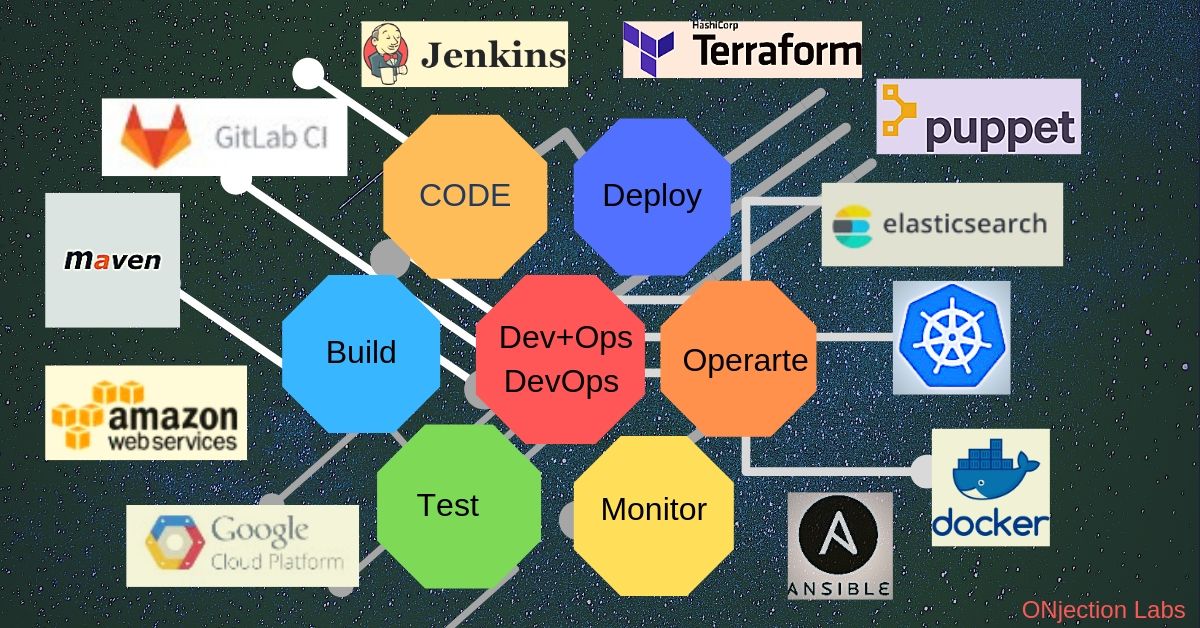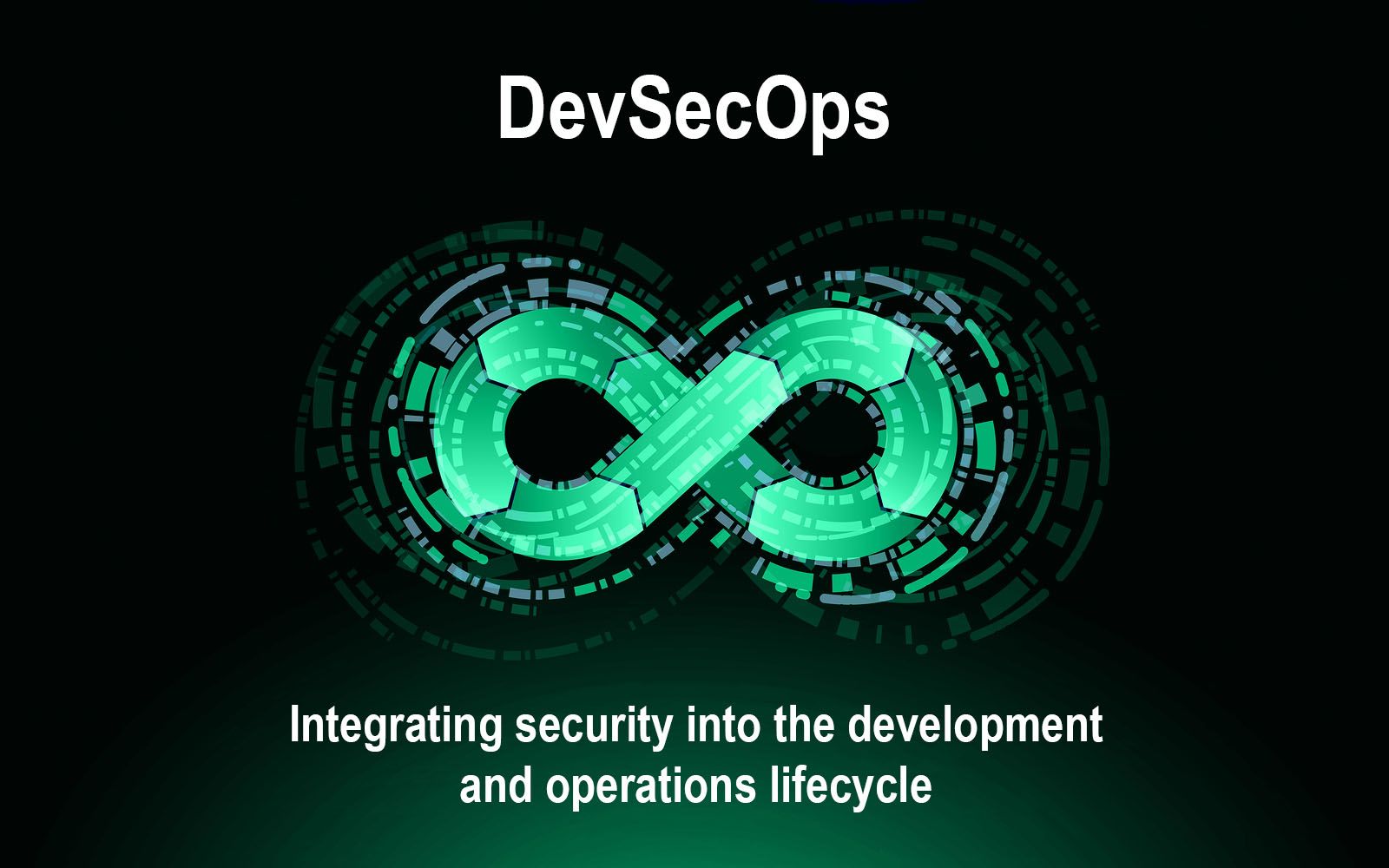· 4 min read · Plaintext Version
DevOps concepts and tooling you should know
DevOps is a software development methodology that emphasizes collaboration and communication between development and operations teams. One of the key aspects of DevOps is the use of tooling to automate and streamline various processes, such as build, test...

Table of Contents
Key Takeaways
- Version control systems like Git help teams collaborate, track changes, and manage code efficiently.
- CI/CD tools such as Jenkins and GitHub Actions automate building, testing, and deploying code, speeding up delivery.
- Containerization tools (Docker, Kubernetes) package and run applications consistently across different environments.
- Infrastructure as Code (IaC) tools like Terraform allow teams to manage and provision infrastructure using code.
- Monitoring and observability tools (ELK stack, Prometheus) help teams detect issues fast and keep systems reliable.
DevOps is a software development methodology that emphasizes collaboration and communication between development and operations teams. One of the key aspects of DevOps is the use of tooling to automate and streamline various processes, such as build, test, and deployment. In this blog post, we’ll explore some of the most popular DevOps tooling options available.
DevOps Tooling
Version Control (GIT etc.)
First, let’s talk about version control systems. Git is by far the most popular version control system used in DevOps. It allows developers to collaborate on code, track changes, and roll back to previous versions if necessary. Git is a distributed version control system, which means that multiple copies of the codebase are stored on different machines, making it easy for developers to work on the code even when they’re offline.
CI/CD
Next, we have continuous integration (CI) and continuous delivery (CD) tools. These tools are used to automatically build, test, and deploy code changes. Jenkins for example is one of the most popular CI/CD tools, and it’s open source, making it easily accessible to teams of all sizes. Jenkins can be used to automate a wide range of tasks, such as building and testing code, deploying code to different environments, and more.
Another option might be GitHub Actions, which is a feature of the GitHub platform that allows developers to automate their software development workflows. Developers can create custom workflows, called “Actions”, that are triggered by various events, such as code commits, pull requests, and the completion of other actions. These workflows can include tasks such as building and testing code, deploying code to different environments, and more.
GitHub Actions is built on top of the existing GitHub platform, and it integrates with other GitHub features such as issues, pull requests, and code reviews. This allows developers to easily create and manage their workflows within the same environment where they already manage their code.
Containerization
A key aspect of DevOps tooling and enabling process such as CI/CD is containerization, and tools like Docker and Kubernetes allow you to package your applications and dependencies into containers, making them easy to deploy and run on any machine. Containers provide a consistent environment for your applications, regardless of the underlying infrastructure. This means that you can easily move your applications between development, testing, and production environments without worrying about compatibility issues.
IaC (Infrastructure as Code)
In addition to containerization, another important aspect of DevOps is infrastructure as code (IAC). IAC is the practice of using code to manage and provision your infrastructure resources. This can be done using tools like Terraform, which allows you to use code to describe your infrastructure and then automatically provision and manage it. IAC allows you to version control your infrastructure and automate the provisioning and management of resources, making it easy to roll back changes if necessary.
Monitoring/Logging/Observability
Finally, monitoring and logging are critical for maintaining the performance and stability of your systems. Allowing teams to monitor and analyse the performance and behaviour of their systems in real-time. The goal of observability tooling is to provide teams with the information they need to quickly identify and troubleshoot issues, and make data-driven decisions to improve the performance and reliability of their systems.
Tools like Elasticsearch, Logstash, and Kibana (collectively known as the ELK stack) allow you to collect and analyse log data from different systems and applications. Prometheus is another popular monitoring tool that can be used to collect and analyse metrics from your infrastructure and applications.
Others?
In addition to these tools, there are also a number of other tools that are commonly used in DevOps. For example, tools like Selenium and TestNG are used for automating functional and acceptance testing, while tools like JIRA and Trello are used for project management and tracking.
sUMMARY
DevOps tooling is an essential aspect of software development, as it allows teams to collaborate and communicate effectively, automate and streamline various processes, and manage and provision infrastructure resources. From version control systems like Git to infrastructure management tools like Ansible and Puppet, to monitoring and logging tools like ELK stack and Prometheus, there are a wide variety of options available for teams to choose from.
The key is to find the right tools that fit your specific needs and workflows. By using the right tools, you can improve your development process, reduce downtime and errors, and improve the overall quality of your software.


